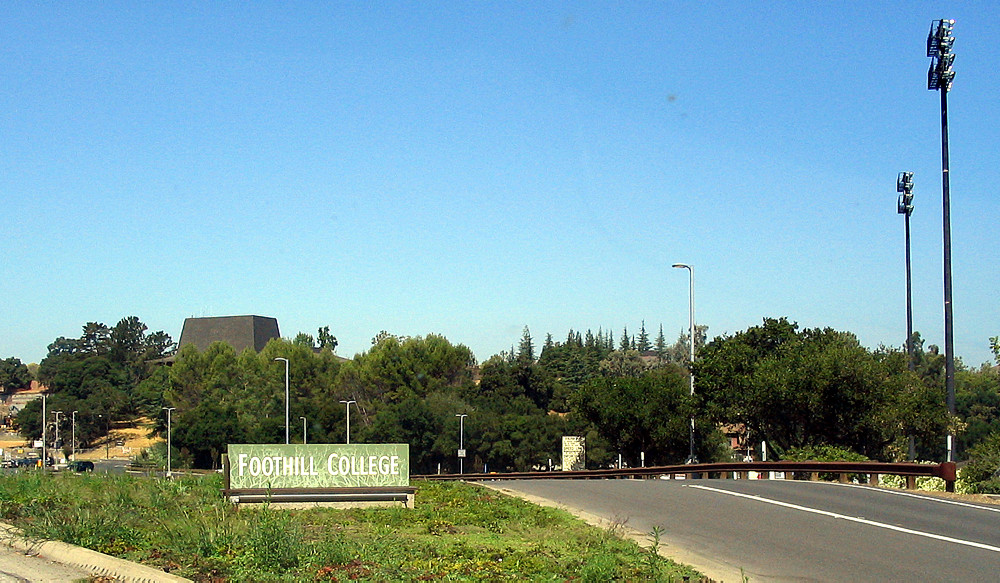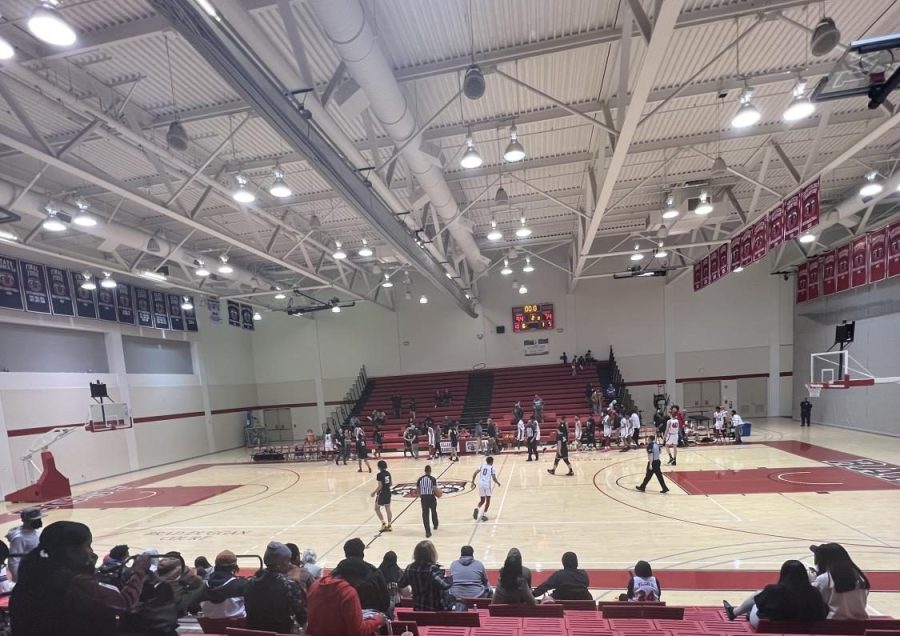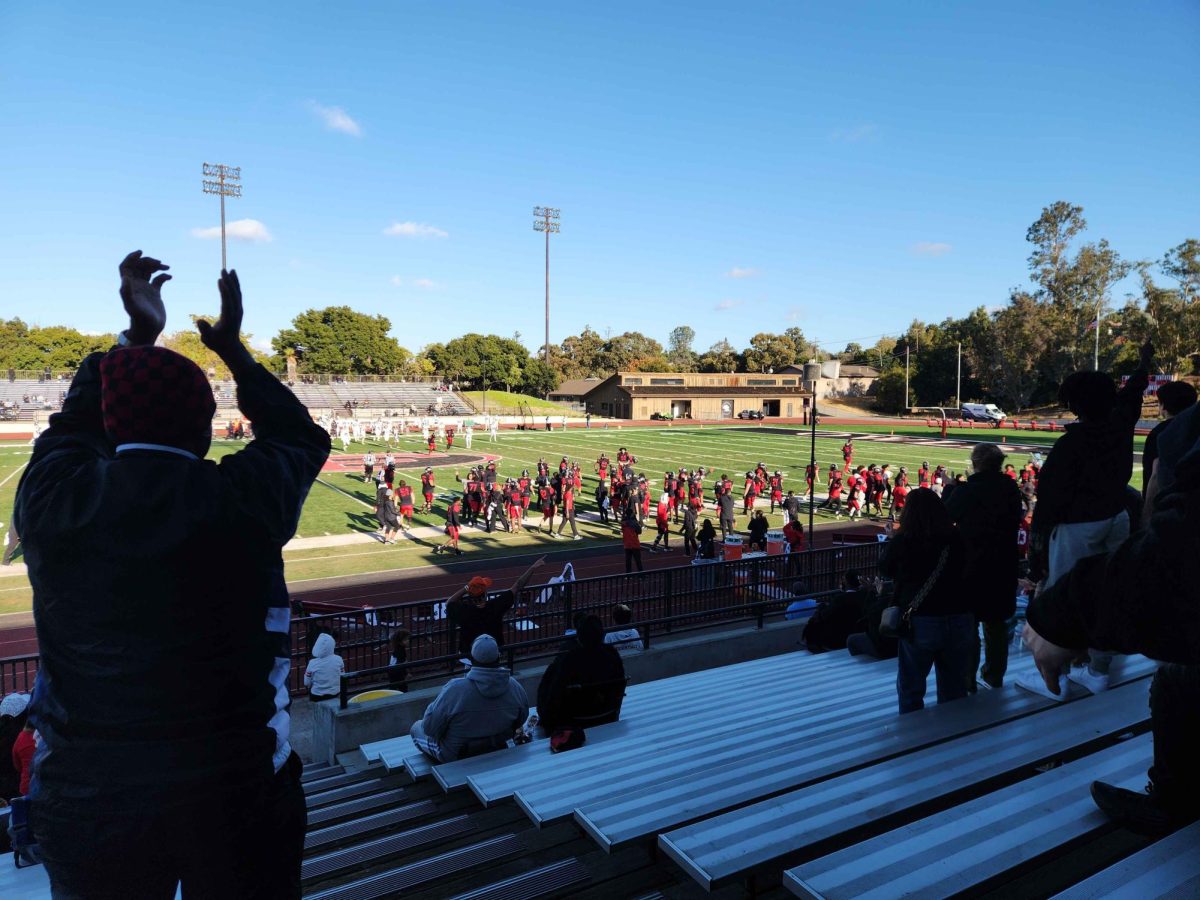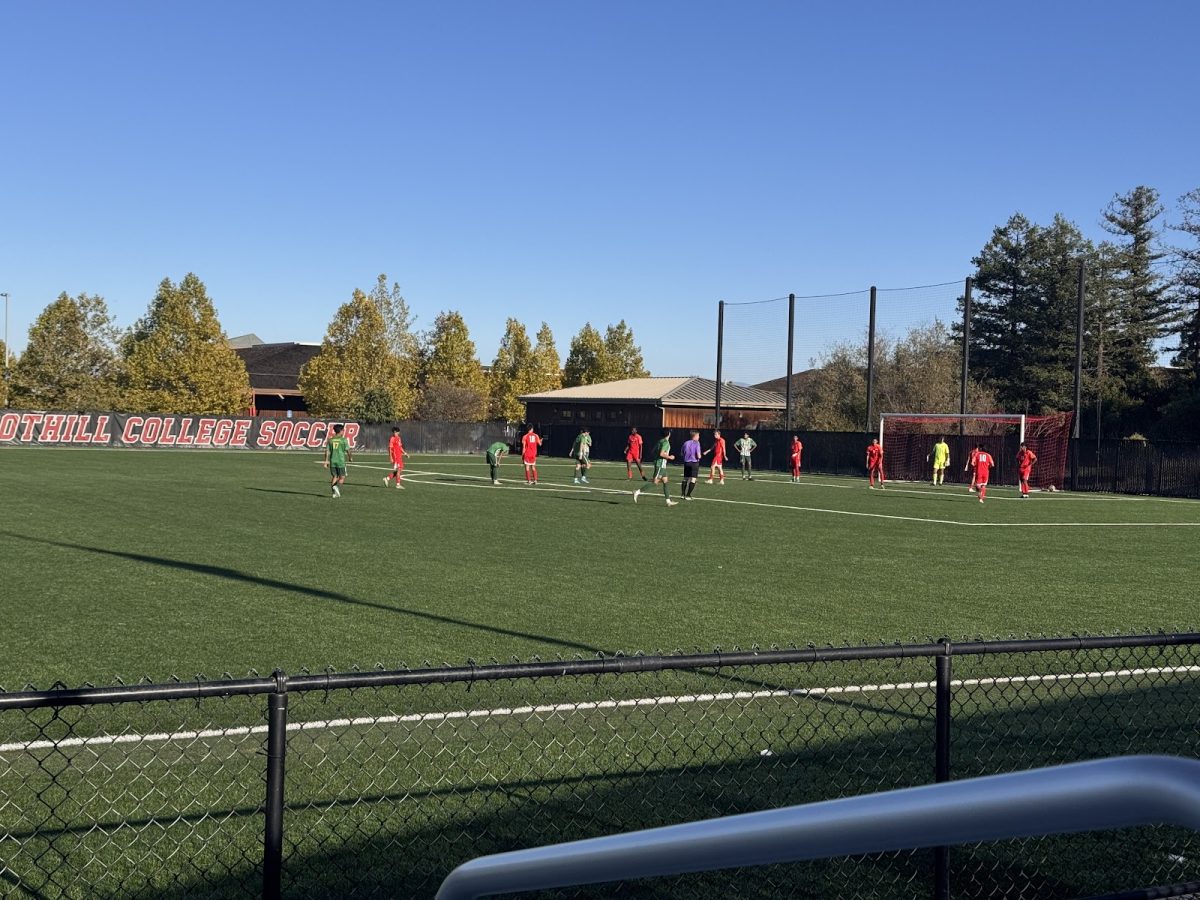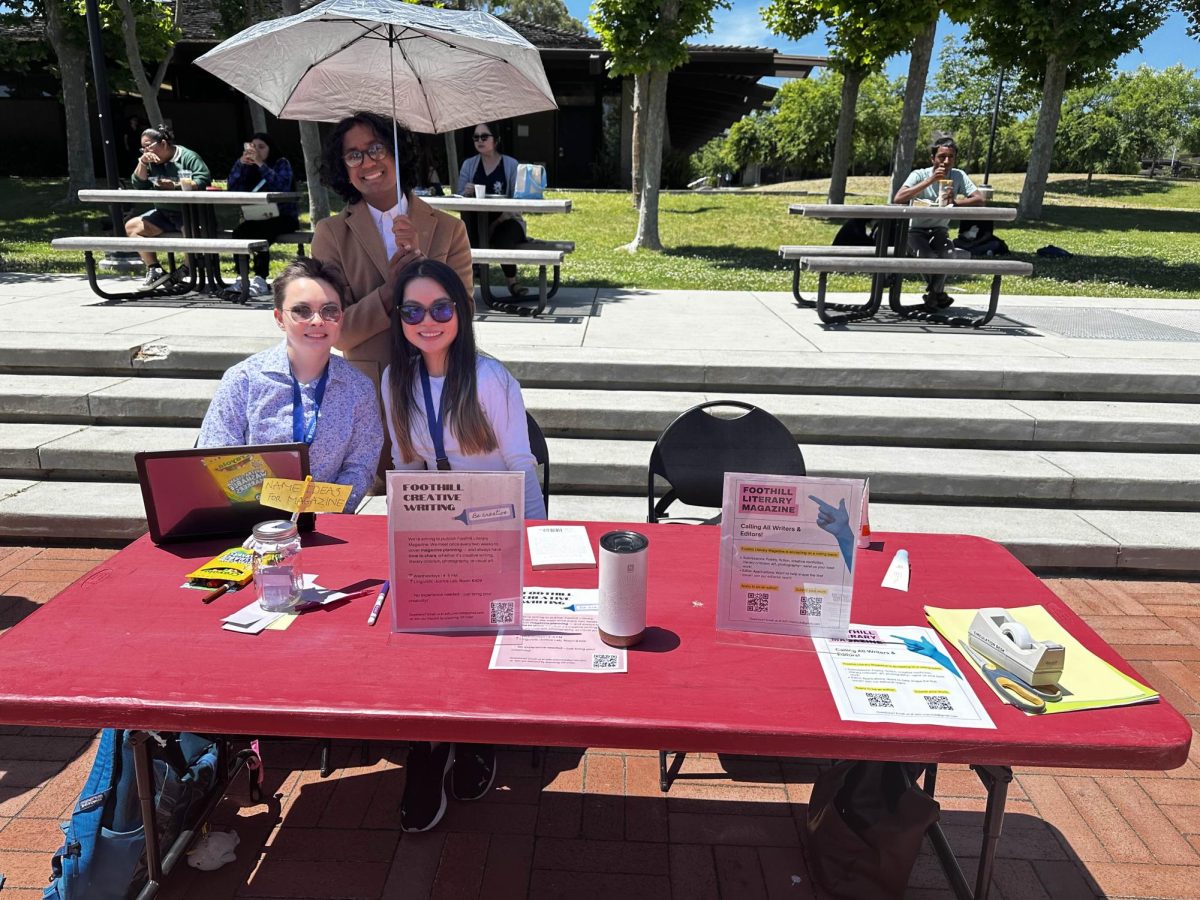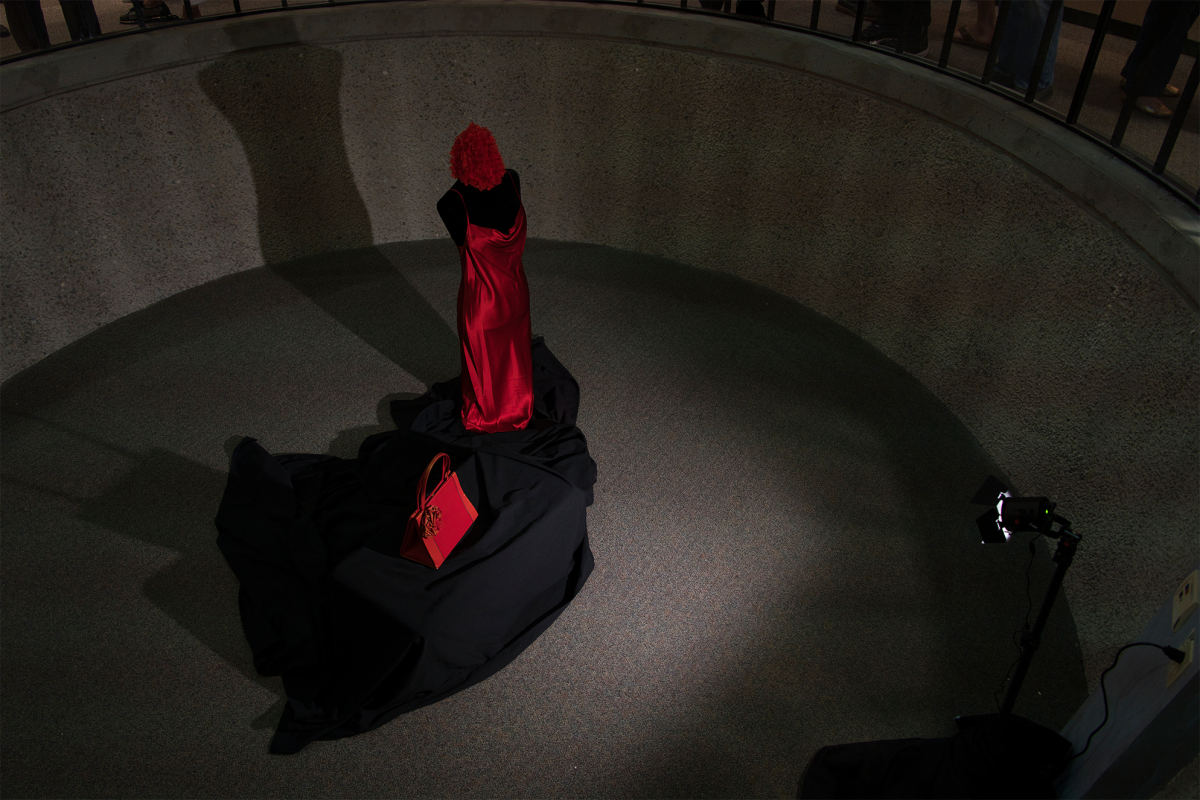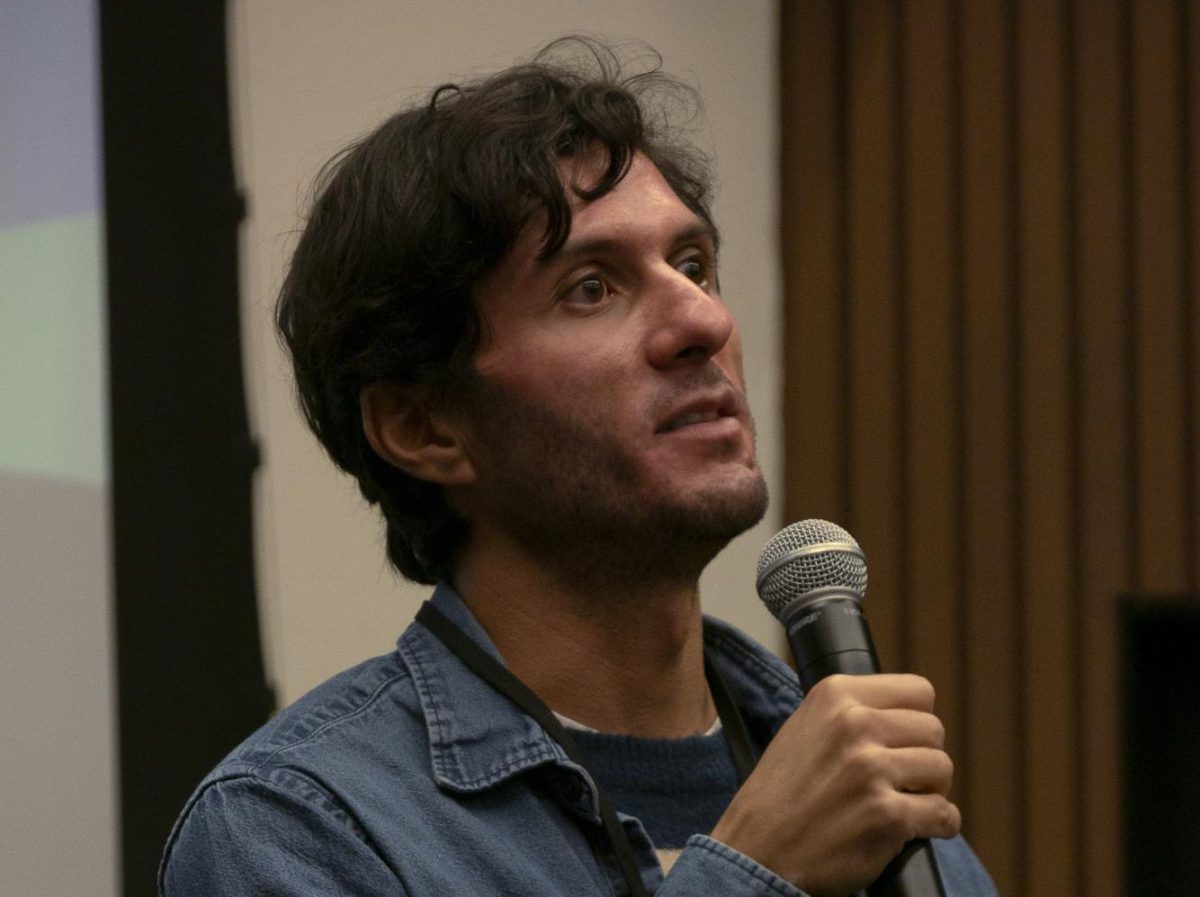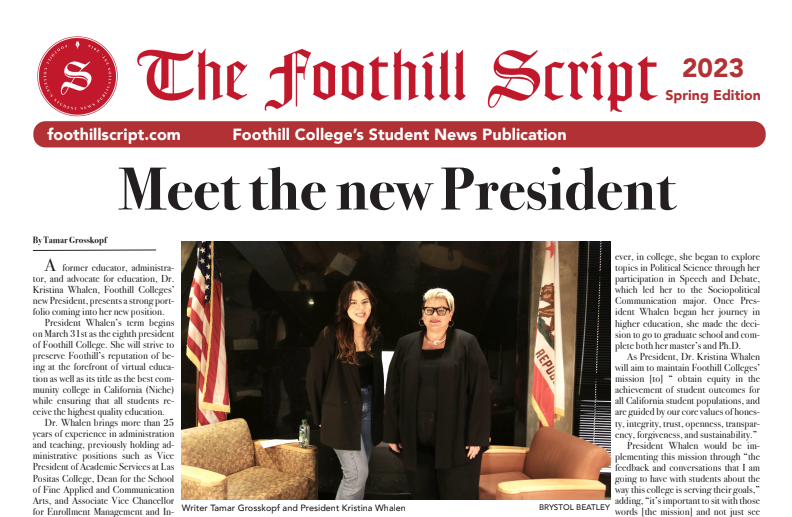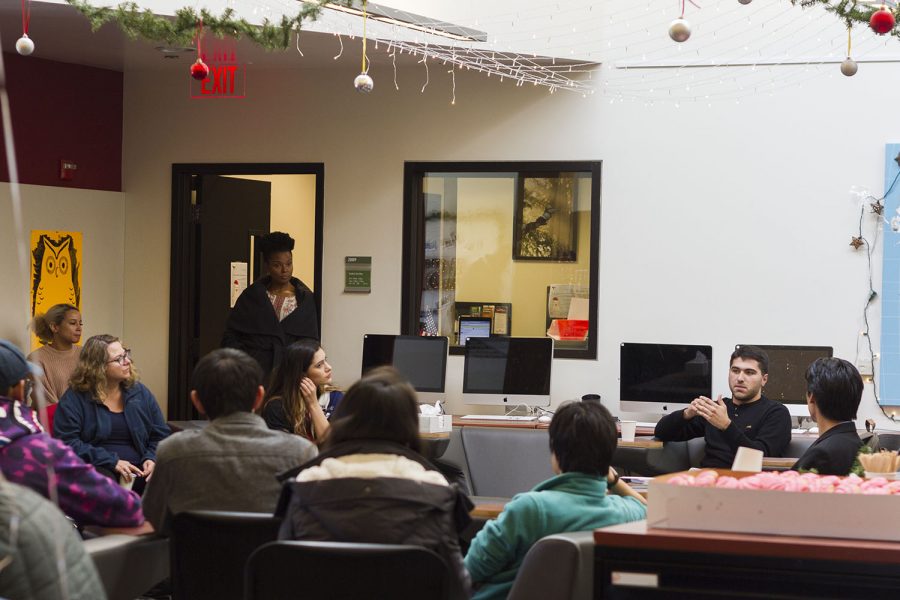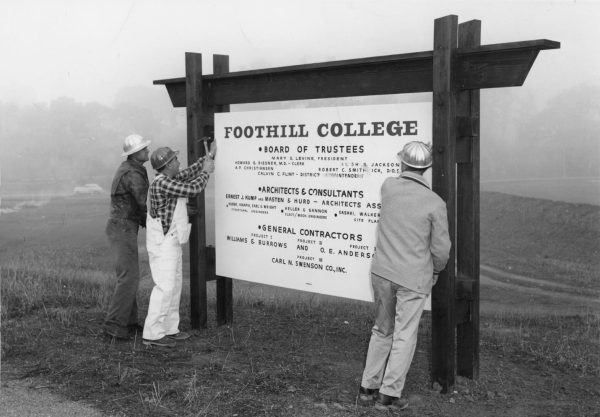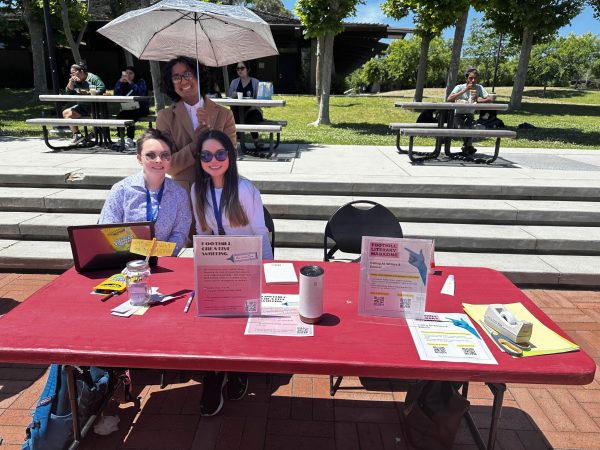Enrollment Drops at Foothill College: Classes and Budget at Stake
Elected student body representatives, faculty, and students gather in the ASFC office during finals week
As a public institution, Foothill College is dependent on enrollment to receive funding from the state. In line with trends amongst a majority of community colleges across California, the Foothill-De Anza district has suffered from a decline in student enrollment in recent years according to Foothill President Thuy Nguyen. The effects of such phenomena are great: students may notice class cancellations, fewer students on campus, and, in time, a reduction in the yearly budget. A Foothill Planning and Resource Council presentation during a budget town hall last November equated lower enrollment levels to decreased tuition and government funding, meaning the district is primed for a massive budget cut.
In order to sustain, the Foothill-De Anza college district must eliminate $10.4 million from the structural budget within the next three years. Foothill will host 35% of the cuts, with De Anza taking 50% and the district taking 15% of reductions. To make a smooth transition, Foothill will cut an increasing amount each year, graduating to maintainable levels rather than making an abrupt $3.5 million cut. Were enrollment to increase, however, the school could earn back the funding it missed out on from the three previous years — relative to the increase in enrollment.
Foothill postponed a $700,000 cut this academic year, meaning $1.75 million must be reduced yearly until 2020. The decision was made in order to give the administration time to both better assess areas in which cuts should be made and promote programs increasing enrollment to increase funding — additional online and Sunnyvale center classes, late-start and second term alternatives, heightened financial aid, and dual-enrollment options for high schoolers are all projected to leave a positive impact. President Nguyen expressed her desire to make sure budget decisions are made correctly, rather than quickly during a recent town hall.
Per the plan, cuts to Foothill’s Finance and Administration would represent 10% of the total. The President’s Office and Marketing would account for another 10%, Instruction and Workforce would take 40%, and the last 40% of cuts would be from Student Services.
But $3.5 million isn’t nearly as scary as it sounds. To put these numbers in greater perspective, Foothill’s projected annual budget for 2017 is $188.9 million — meaning cutting $3.5 million amounts to only approximately two percent. Student Services, the largest category in the budget cut balance, includes programs like EOPS, the Disability and Veterans Resource Center, Psychological Services, learning communities, Health Services, and more.
Though Chinwe Idikia explained these programs aid retention and are “hands down the most crucial services that we have at Foothill,” the budget balance prioritizes limited cuts to academic services that ensure graduation and transfer — key factors in generating money for the college and attracting potential students.
Daphne Small, Director of Student Activities, expressed both uncertainty and faith in the administration regarding decreased funding of her department.“I am sensitive to cuts that come from student activities. It feels like we already get by on a kind of barebones mechanism as is, and it feels like these things are some of the first to go. The services we have have a big impact on student experience — we always make an effort to have a human face there when you come in the door, and I think that sometimes gets forgotten. I also think that the current administration is sensitive to the cuts that they’re making, and have been communicating well. I’m optimistic.”
Unfortunately, the weight of low enrollment is not unique to Student Services. Already, students and instructors are experiencing consequences in the form of widespread class cancellations. Student Mami Horikawa expressed frustration at the cancellation of her Organic Chemistry Honors class, stating that “because of the last minute cancel, those who were enrolled couldn’t register in the regular organic chem lab. It was already full…I understand Foothill’s serious financial situation, but we need those classes to graduate/transfer.”
Juliana Duperron shared the same experience with her Advanced Data Structures and Algorithms in Java Class. “It was opened a couple of weeks ago, but now it’s closed. The other section had been full for quite some time” she commented. “I also heard from a friend — an international student — that a databases class was also cancelled, and with these two cancellations she has no in person classes to take. She’s thinking about studying at De Anza this following quarter, but the curriculum is so different that she’s not sure she’ll be able to” Duperron testified.
It seems no department was spared from cancellations this quarter, with numerous reports of missing English, Computer Science, History, Physical Education, Political Science, and Mathematics courses. The situation may be especially dire for sophomore students, as some courses are only offered in a rotational series — meaning it might be a whole year before one could take the class again. Further, this can be doubly impactful for honors students, who need to take a minimum number of 23 honors units to fully qualify for the benefits and transfer agreements of the Honors Scholars program.
For students, these class cancellations could not have come at a worse time. Many students submitted their applications to transfer to University of California campuses back in November, during which time they had to flesh out a schedule of classes for the remainder of their quarters. Should one of the classes a student needed be cancelled, it presents more than just the frustration of having to restructure one’s schedule — it presents the danger of not being able to transfer.
In answering an email inquiry about recent cancellations and budget priorities, however, President Nguyen asserted that “courses that are in high demand or are needed for graduation should not be impacted [by cancellations]. For course sections that are canceled due to low enrollment, efforts are made to contact each student to suggest other sections as many still have openings available. If students don’t hear from either the deans or staff, we highly recommend they immediately see a counselor or contact the admissions office for assistance. Cancelling classes due to low enrollment is done with extreme thought and care, and our staff and administrators make every effort to help students get enrolled in other classes.”
Though class cancellations and cuts to student activities or other important facets of Foothill life may appear daunting, the college is already working to combat decreased enrollment on every level. Summer session 2017 saw about a 15% enrollment increase from the previous summer, and dual enrollment has increased by 30%. Tutoring has aided retention — ensuring students feel as though they have a way to tackle challenging classes, rather than drop them. Foothill’s Self-Sustaining Fund 115, a pool of money replenished by providing services, such as facility rental, to third parties, also helps to buoy the budget.
While budget and class cuts loom, supplementary options and administrative outlook seem to still paint a bright future despite the fact that the immediate path might be a bit bumpy for students and faculty alike.
“I think a lot of students are under the impression that our district is in financial ruin,” said Ikida, “but I just want to take this time to reassure students that the ASFC, the administration, the Board of Trustees, the President, and the Chancellor have your back. We’re not in financial ruin; we’ll get through this just like we always do. We’re all constantly fighting for you and your right to a great education.”














